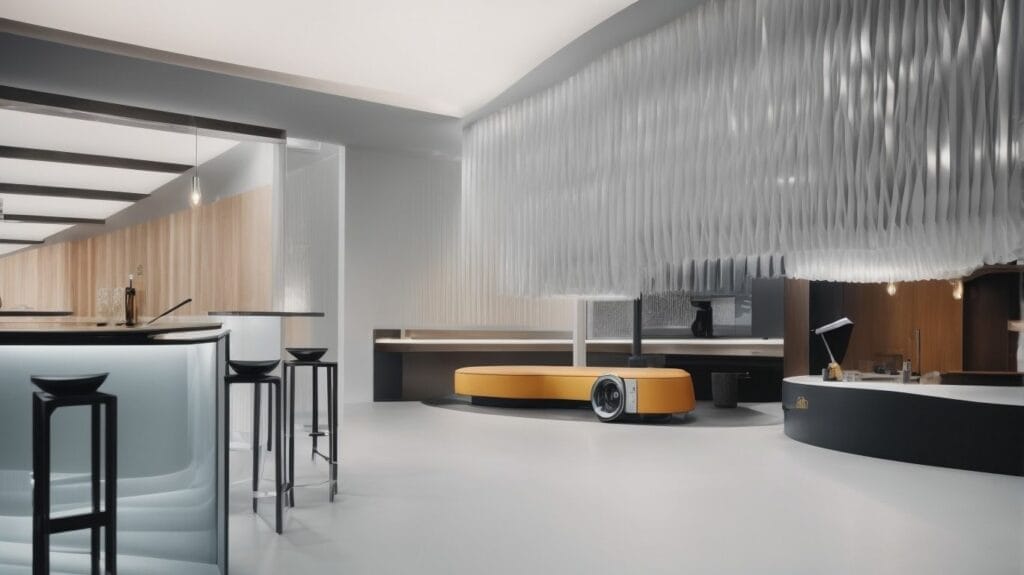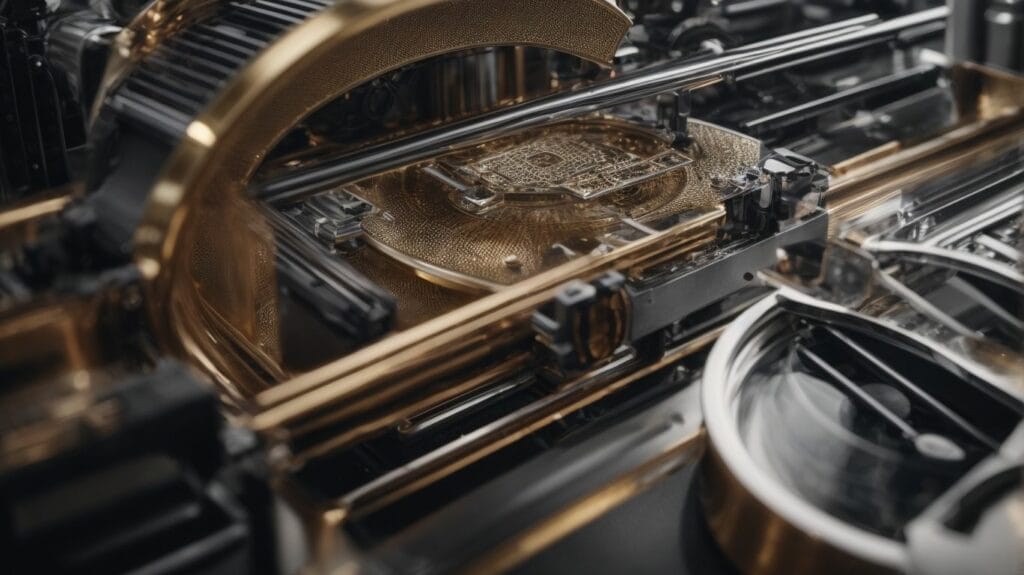Can You 3D Print a Vinyl Record?
Vinyl records have been a beloved format for music enthusiasts for decades. The unique sound and tactile experience they offer have contributed to their enduring appeal. With the advancement of 3D printing technology, it raises the question: Can you 3D print a vinyl record?
To answer this question, it is essential to understand what a vinyl record is and the challenges associated with 3D printing. A vinyl record is a flat disk made of polyvinyl chloride (PVC) that contains microscopic grooves that store audio information. These grooves are then read by a stylus, producing the sound we hear.
While 3D printing has revolutionized various industries, including manufacturing and healthcare, printing a functional vinyl record poses several challenges. The precise grooves and intricate details required for accurate audio playback make it difficult to replicate using current 3D printing capabilities.
Despite these challenges, there are potential advantages to 3D printing vinyl records. One significant advantage is customization and personalization. With 3D printing, it becomes possible to create unique designs and personalized records, allowing artists and enthusiasts to unleash their creativity.
Another advantage is the potential for preserving and restoring rare records. Many vinyl records from the past are rare and out of print. By 3D printing copies of these records, it offers an opportunity to preserve and enjoy music that might otherwise be lost to time.
However, there are limitations to consider with 3D-printed vinyl records. One major limitation is the issue of sound quality and fidelity. Replicating the audio quality found on traditional vinyl records is a complex process that current 3D printing technology is not capable of achieving.
Material limitations are another consideration. The materials used in 3D printing, such as plastics or resins, may not provide the same acoustic properties and durability as traditional vinyl. Achieving the right balance between flexibility and rigidity is crucial for a functioning record.
3D printing a vinyl record involves two main steps: designing the record and 3D printing the physical object. Designing the record involves creating a digital model that accurately represents the grooves and audio information. 3D printing the record requires using a compatible 3D printer and the appropriate materials.
Legal considerations are also important to address regarding 3D-printed vinyl records. Copyright laws and intellectual property rights are relevant factors, especially when reproducing copyrighted content.
Key takeaway:
- It is possible to 3D print a vinyl record: Advancements in 3D printing technology have made it possible to create functional vinyl records using specialized printers.
- Advantages of 3D Printed Vinyl Records: Customization and personalization are key advantages of 3D printed vinyl records, allowing for unique designs and personalized recordings. 3D printing also offers the opportunity to preserve and restore rare records.
- Limitations of 3D Printed Vinyl Records: 3D printed vinyl records may have limitations in terms of sound quality and fidelity compared to traditional records. Material limitations can affect the durability and quality of the printed records.
What is a Vinyl Record?
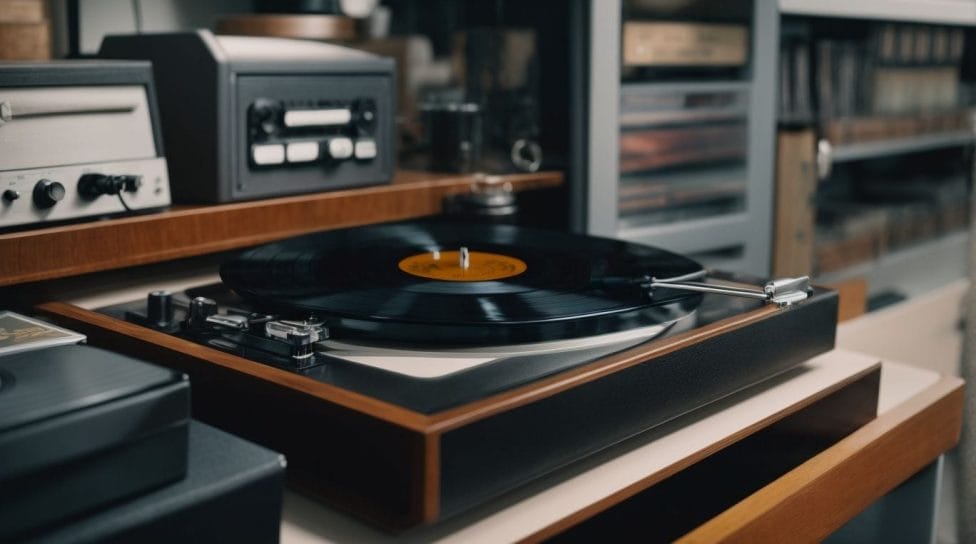
Photo Credits: Futureproof3D.Com by Stephen Lewis
A vinyl record, also known as a phonograph record, is a physical disc made of polyvinyl chloride (PVC) that contains grooves with recorded sound. So, what is a vinyl record? Well, it is a medium used to play music through a turntable and a stylus. Vinyl records gained popularity in the mid-20th century and became the predominant medium for music distribution until the advent of digital technology. Despite technological advancements, vinyl records hold a special place in the hearts of music enthusiasts. Why? Because they offer a unique listening experience with their warm sound quality and nostalgic appeal. Can you imagine the joy of holding a vinyl record while listening to your favorite tunes? It’s an experience worth trying to relive the magic.
Is it Possible to 3D Print a Vinyl Record?
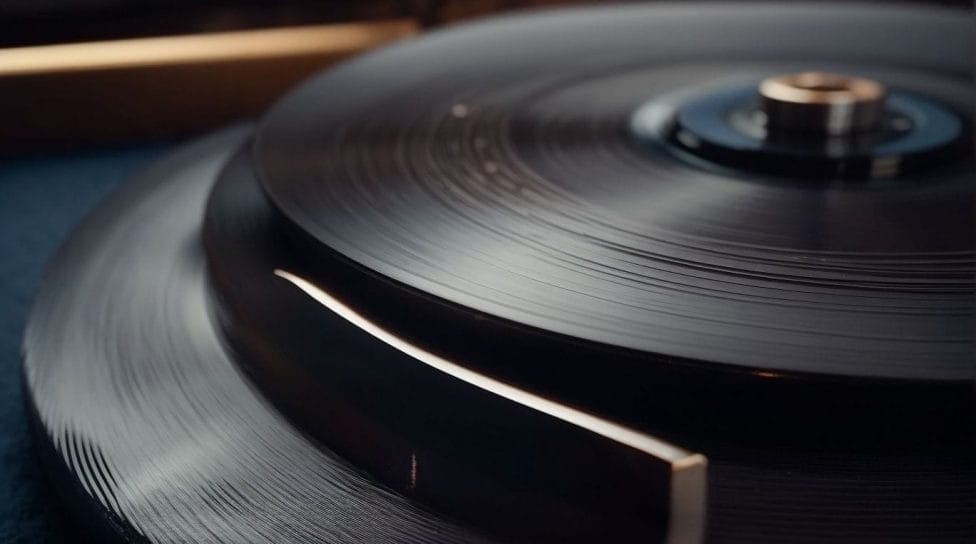
Photo Credits: Futureproof3D.Com by Bradley Nelson
Have you ever wondered if it’s possible to 3D print a vinyl record? Let’s dive into the possibilities and challenges surrounding this innovative concept. We’ll explore the nitty-gritty details, the hurdles that need to be overcome, and the potential breakthroughs that could revolutionize the music world. So buckle up and join me on this journey as we unravel the question: Is it possible to 3D print a vinyl record?
Understanding the Challenges
Understanding the Challenges
When it comes to 3D printing a Vinyl Record, it is important to take into account the challenges that arise in terms of sound quality and material limitations.
| Challenges | Details |
| Sound Quality and Fidelity | 3D printed records may not match the sound quality and fidelity of traditional vinyl records due to the limitations of the printing process. |
| Material Limitations | The materials used in 3D printing may not have the same durability and flexibility as vinyl, affecting the longevity and playability of the printed record. |
What are the Advantages of 3D Printed Vinyl Records?
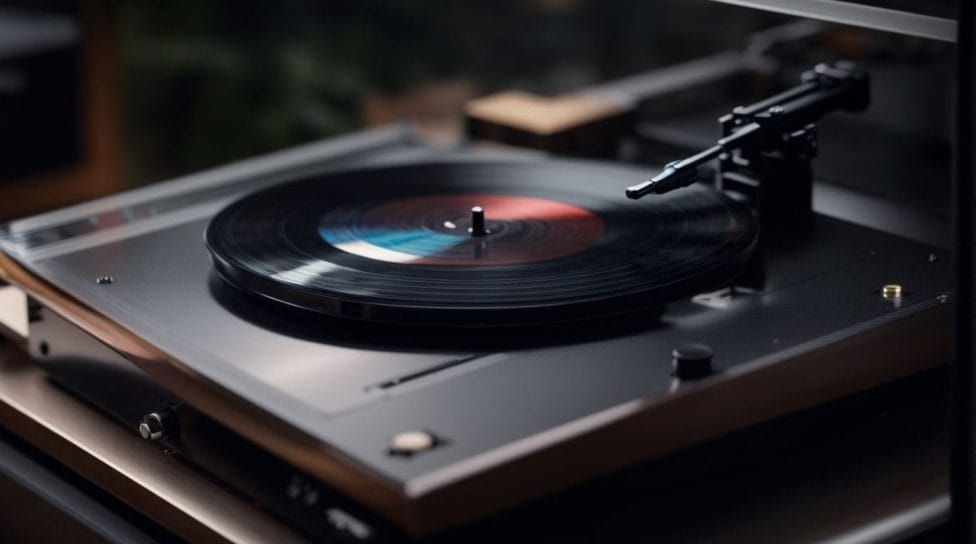
Photo Credits: Futureproof3D.Com by Aaron King
Are we looking to dive into the exciting world of 3D-printed vinyl records? Well, in this section, we’ll explore the advantages of this innovative technology. From customization and personalization to the preservation and restoration of rare records, we’ll uncover the remarkable benefits awaiting vinyl enthusiasts. So, get ready to discover how 3D printing is revolutionizing the vinyl record industry and opening up a new world of possibilities!
Customization and Personalization
Customization and personalization are key advantages of 3D-printed vinyl records. These records offer a range of opportunities for individuals to tailor their own music experience:
- Design options: 3D printing empowers users to exercise creativity and design unique record styles. This includes the freedom to have customized labels and album covers.
- Custom messages: Personalized messages and dedications can be directly added onto the record’s surface, allowing for a heartfelt touch.
- Record preferences: Users can customize the playback characteristics of the record, such as groove depth and diameter, to match their personal preferences and audio equipment perfectly.
- One-of-a-kind records: By utilizing 3D printing, it becomes possible to create limited edition or bespoke records, transforming each into a truly distinctive art.
Customization and personalization make 3D-printed vinyl records a fantastic choice for music enthusiasts. It allows them to craft a genuinely unique and tailor-made listening experience.
Preservation and Restoration of Rare Records
Preservation and restoration of rare records is one of the key advantages of 3D-printed vinyl records. By utilizing 3D printing technology, collectors and enthusiasts can effortlessly create precise replicas of rare and valuable records, ensuring the long-term preservation and conservation of these items for future generations. 3D printing allows for gentle handling of the original record, effectively reducing the potential risk of damage. Furthermore, this innovative technique facilitates the restoration of damaged or deteriorated records by accurately reproducing missing sections or repairing cracks. As a result, this advancement in preservation and restoration techniques offers a valuable solution for safeguarding and relishing rare records that may otherwise be too delicate or inaccessible.
What are the Limitations of 3D Printed Vinyl Records?
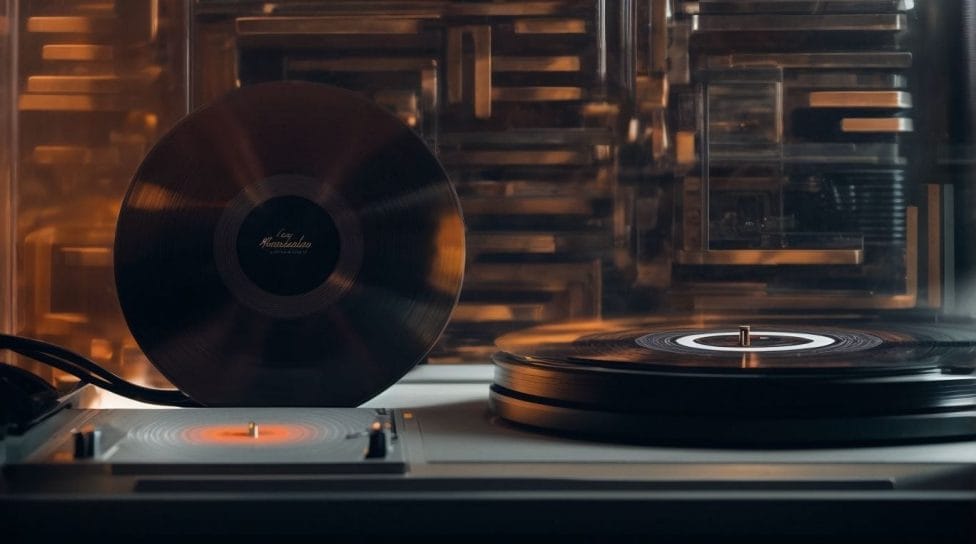
Photo Credits: Futureproof3D.Com by Gabriel Garcia
Did you know that 3D printing technology has revolutionized the production of many things, including vinyl records? Just like any innovation, there are limitations to consider. In this section, we’ll dive into the restrictions of 3D-printed vinyl records, exploring their impact on sound quality and fidelity and the material limitations that come into play. Hold onto your headphones because we’ll uncover the fascinating world of 3D-printed vinyl records!
Sound Quality and Fidelity
Regarding 3D-printed vinyl records, sound quality and fidelity are important factors. While 3D printing technology has advanced, there are still limitations that can affect the sound experience.
| Advantages | Limitations |
|---|---|
| 1. Customization and Personalization | 1. Sound Quality and Fidelity |
| 2. Preservation and Restoration of Rare Records | 2. Material Limitations |
The advantages of 3D-printed vinyl records include the ability to customize and personalize records, as well as the preservation and restoration of rare records. The limitations include challenges in achieving optimal sound quality and fidelity due to the materials used in 3D printing.
Material Limitations
| Material Limitations of 3D Printed Vinyl Records: |
| 1. Durability: Most 3D printed materials are less durable than traditional vinyl, making them more prone to wear and tear. |
| 2. Surface Finish: The surface texture of 3D printed records may not match the smoothness of commercially pressed vinyl, potentially affecting sound quality. |
| 3. Groove Accuracy: 3D printing may have limitations in accurately reproducing fine grooves and intricate details, leading to potential audio distortions. |
| 4. Heat Resistance: Some 3D printing materials may not withstand the heat generated during the playback process, resulting in warping or melting. |
While 3D printing offers exciting possibilities for creating customized vinyl records, it is essential to consider these material limitations. To illustrate, a true story involves a music enthusiast who attempted to 3D print a vinyl record using a popular technology. Although successful, the record had a noticeable surface texture and lacked the smoothness of commercially pressed vinyl. This compromised the sound quality and highlighted the challenges of material limitations in 3D printed records.
How Does the Process of 3D Printing a Vinyl Record Work?

Photo Credits: Futureproof3D.Com by Russell Garcia
How does the magic happen when you 3D print a vinyl record? Let’s dive into the fascinating process, starting with the intricate design that goes into creating a record, followed by the mind-blowing process of 3D printing. Get ready to uncover the secrets behind this cutting-edge technology and discover how it brings our beloved vinyl records to life in a whole new dimension.
Designing the Record
Designing the record involves the creation of a unique and visually appealing label, as well as the layout and arrangement of the tracks on the record. It is important to consider the aesthetics and branding of the artist or record label when designing the record. The design should be mindful of the limitations of the printing process, such as the size and shape of the record. By carefully considering these factors, a well-designed vinyl record can enhance the overall listening experience and make a lasting impression on the audience.
3D Printing the Record
The process of 3D Printing the Record involves first designing the record and then using a 3D printer to print it out. This innovative technique allows for customization and personalization while facilitating the preservation and restoration of rare records. However, there are important factors to consider, such as sound quality and fidelity, as well as material limitations. Furthermore, it is crucial to be aware of any legal considerations when engaging in 3D printing of vinyl records. 3D printing presents a unique opportunity to create and enjoy vinyl records, but it is vital to grasp the challenges and limitations associated with this process fully.
Are There Any Legal Considerations for 3D Printed Vinyl Records?
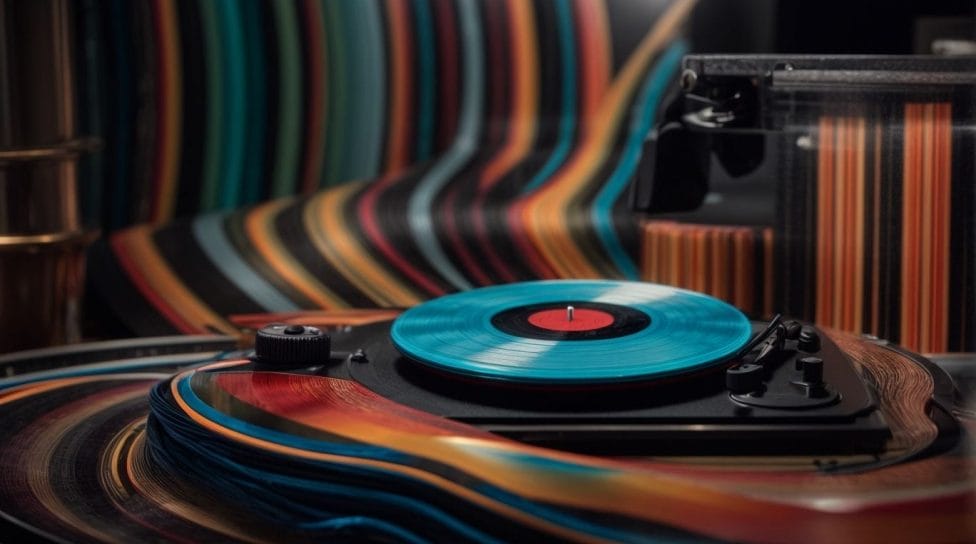
Photo Credits: Futureproof3D.Com by Stephen Torres
Are There Any Legal Considerations for 3D Printed Vinyl Records?
When it comes to 3D printing vinyl records, there are legal considerations that need to be taken into account. Are there any legal considerations for 3D-printed vinyl records? Since vinyl records are protected by copyright laws, reproducing them without proper authorization from the copyright owner can lead to legal consequences. It is crucial to understand the rights and permissions associated with the music and content being printed on the records. It is important to be aware of any restrictions or licensing agreements that may prevent the reproduction or distribution of certain content. To avoid any legal issues, it is advisable to seek legal advice and ensure compliance with copyright laws before attempting to 3D print vinyl records.
Some Facts About Can You 3D Print a Vinyl Record?
- ✅ 3D printing technology allows for the creation of playable vinyl records. (Source: Reddit)
- ✅ Using a technique developed by a journalist, digital audio files can be converted into 3D-printable records. (Source: Instructables)
- ✅ The audio quality of 3D-printed records is lower compared to traditional vinyl records. (Source: Instructables)
- ✅ 3D-printed records have a sampling rate of 11kHz and a resolution of 5-6 bits, resulting in recognizable but lower fidelity sound. (Source: Instructables)
- ✅ The journalist used a high-resolution UV-cured resin printer called the Objet Connex500 to create the 3D-printed records. (Source: Instructables)

